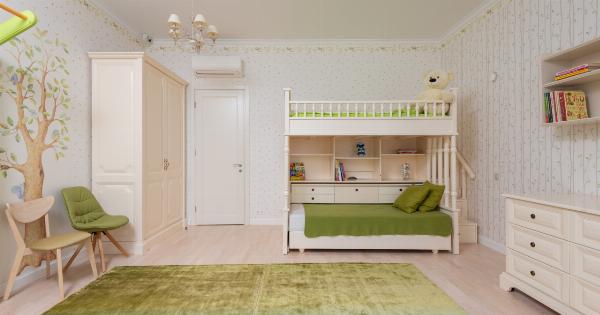Asthma and rhinitis are two of the most common respiratory conditions that affect children. Both conditions can cause significant discomfort and difficulty in breathing, especially when they occur together.
Children who suffer from asthma and rhinitis may experience more severe symptoms and may require more intensive treatment to manage their condition.
What is Asthma?
Asthma is a chronic respiratory condition that causes inflammation and narrowing of the airways, making it difficult to breathe. Symptoms of asthma can include wheezing, coughing, shortness of breath, and chest tightness.
Asthma can be triggered by a variety of factors, including allergens, exercise, infections, and irritants.
What is Rhinitis?
Rhinitis is a condition that causes inflammation and irritation of the nasal passages, resulting in symptoms such as sneezing, itching, and congestion. Rhinitis can be caused by allergens, irritants, or infections.
It can be either allergic or non-allergic in nature.
How are Asthma and Rhinitis Connected?
Asthma and rhinitis are closely related, and many children who suffer from one condition also suffer from the other. Studies have shown that up to 80% of children with asthma also have rhinitis.
The connection between asthma and rhinitis is not yet fully understood, but it is believed that the two conditions share a common underlying cause – inflammation.
Both asthma and rhinitis are characterized by inflammation of the respiratory tract, which can result in similar symptoms.
What are the Symptoms of Asthma and Rhinitis?
When asthma and rhinitis occur together, children may experience a range of symptoms, including:.
- Wheezing
- Coughing
- Shortness of breath
- Chest tightness
- Sneezing
- Runny nose
- Itchy nose and throat
- Congestion
These symptoms can be particularly troublesome for children, especially if they occur frequently or are severe.
Diagnosing Asthma and Rhinitis in Children
Diagnosing asthma and rhinitis in children can be challenging, as the conditions share many symptoms and can be difficult to distinguish from other respiratory conditions.
Both asthma and rhinitis can be diagnosed through a combination of medical history, physical exam, and diagnostic tests such as lung function tests and allergy testing.
Treatment for Asthma and Rhinitis in Children
Treatment for asthma and rhinitis in children typically involves a combination of medications and lifestyle changes.
Medications for asthma may include inhaled corticosteroids, bronchodilators, and leukotriene modifiers. For rhinitis, antihistamines, decongestants, and nasal corticosteroids may be prescribed.
Lifestyle changes that can help manage both asthma and rhinitis include avoiding triggers such as cigarette smoke and allergens, maintaining a healthy diet and exercise regimen, and managing stress.
Conclusion
Asthma and rhinitis can be challenging conditions for children to manage, especially when they occur together.
Parents and caregivers can help children manage their symptoms by seeking appropriate medical care, avoiding triggers, and making lifestyle changes to promote overall health and well-being.






























